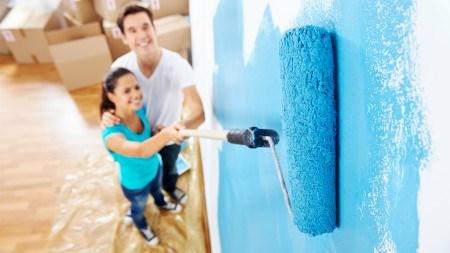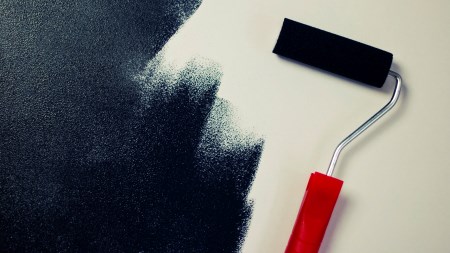Painting the walls of your home can turn in to a long and messy interior decorating exercise and the finished product of-ten doesn't look quite as good as it does when professional painters do the job.
We scoured the web in order to find some tips to help amateur house painters get the job done and the walls looking as if they could have been painted by Michelangelo (in case you don't know, he's the chap who painted the ceiling of the Sistine Chapel in The Vatican in Rome).
Preparing the walls
You should regard your walls as a blank canvas and as with any painting surface, it should be near perfect before you start. This means that any nails need to be removed and all holes or cracks filled. Blemishes should be sanded down in order to create a smooth surface and the walls meticu-lously cleaned of any residue. Kitchen walls in particular should be thoroughly scrubbed in order to remove any greasy residue.
A primer (the first layer of paint) doesn't only make the finished paint job look better, it also saves money because it reduces the number of top coats required. It is particularly important to use a primer when a filler has been used to plug up existing holes. This is because the chalk-like filler acts as a sort of sponge and will suck out the moisture from the paint, leaving dull-looking patches. Professional painters often use a primer that has a grey tint, or a colour that is similar to that of the top coat.
Protecting unpainted surfaces
It's important to protect certain surfaces from paint drips. Tape is often used to shield wooden win-dow frames and window sills from the odd accident, however, unless the tape is applied correctly, paint can 'bleed' through when the tape is removed. To avoid this it's advisable to run a putty knife over the tape once it has been laid to ensure that the tape has adhered to the wood correctly.
While carpets and tiles should be covered during the painting process, it's not advisable to use plastic sheeting for this purpose. Paint that spills on plastic tends to take longer to dry and invaria-bly ends up on the soles of shoes before being traipsed through the rest of the home. Bed sheets are also not recommended because they are too thin and paint can seep through. Canvas sheeting is generally used by those in the know. While this may prove to be slightly more costly, it needs to be remembered that it isn't necessary to cover the entire floor at once.
Getting the job completed
Adding a paint conditioner helps stop paint building up on the brush or roller. It also helps eliminate brush marks because it slows down the drying time. Although it may seem like a good idea to paint all the corners and other fiddly bits in a room and then go back to paint the walls, it's actually better to complete an entire wall at once as this allows the brushed and the rolled paint to blend, giving a more professional look.





